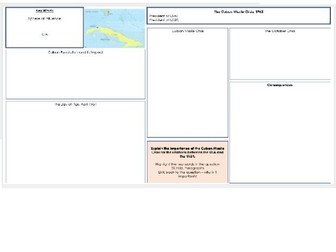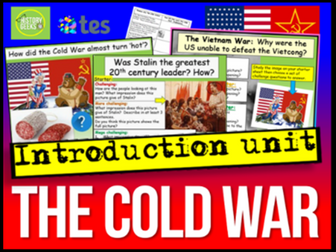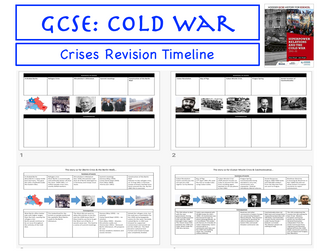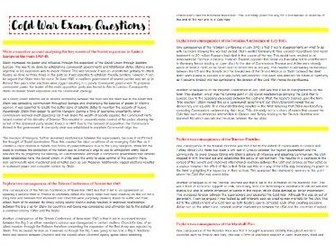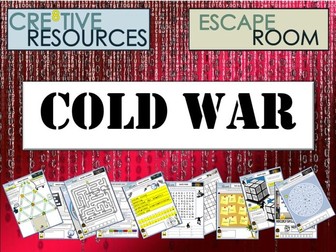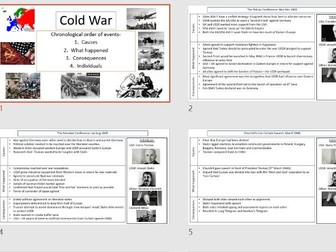Cold War Consolidation Sheets (Edexcel)
<p>One page revision sheet with key words - some have exam questions on in a different coloured box.<br />
Can be adapted and printed A4 or A3.<br />
Includes:</p>
<ol>
<li>What is the Cold War</li>
<li>Conferences</li>
<li>Soviet Expansion</li>
<li>USA response/USSR response</li>
<li>Berlin Crisis 1948-49</li>
<li>Arms Race</li>
<li>Hungarian Uprising</li>
<li>Berlin Crisis 1961</li>
<li>Cuban Missile Crisis</li>
<li>Czechoslovakia, 1968</li>
<li>Detente</li>
<li>Helsinki Accords</li>
<li>Afghanistan, 1979</li>
<li>Reagan and the Second Cold War</li>
<li>Gorbachev and End of Cold War X2</li>
</ol>
